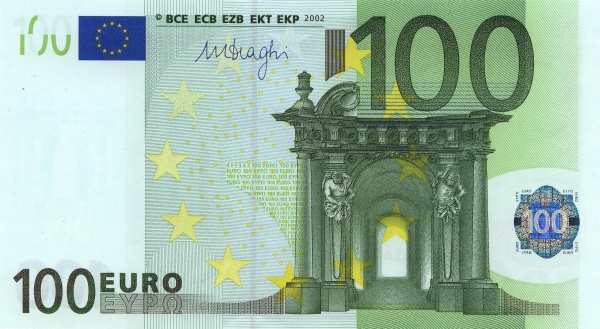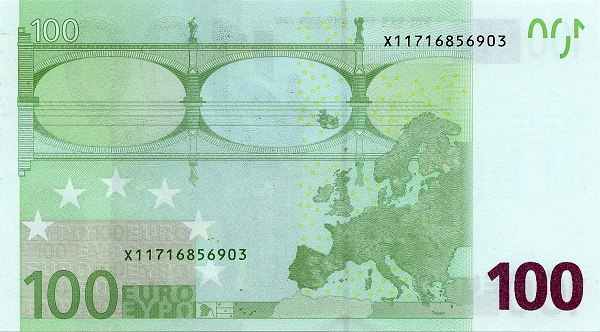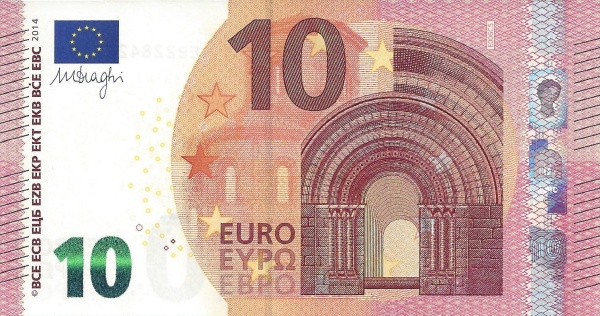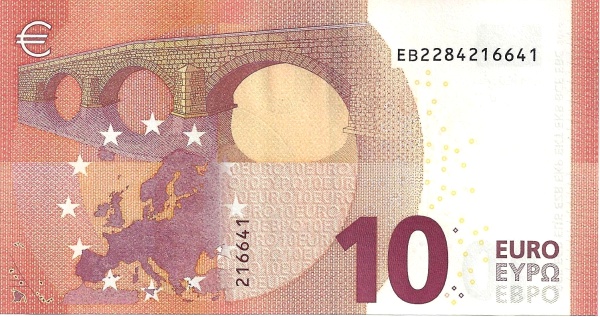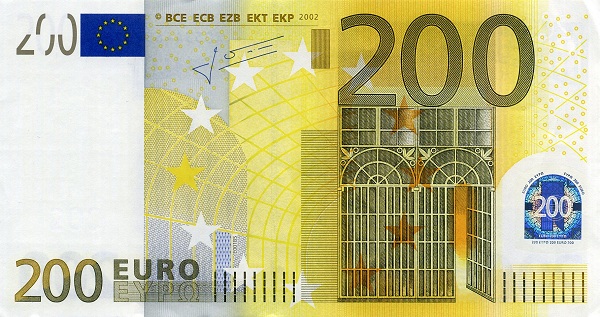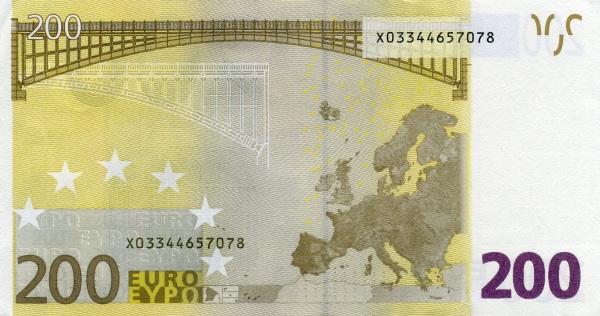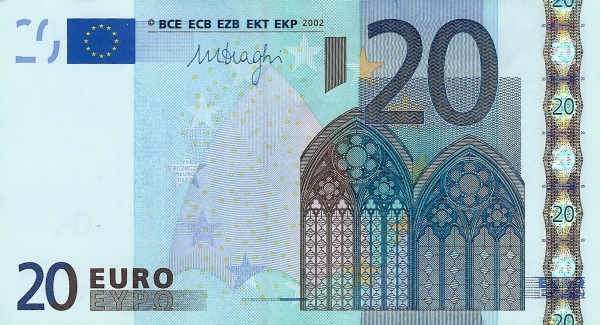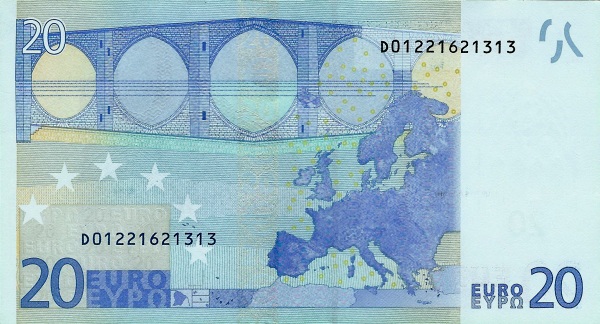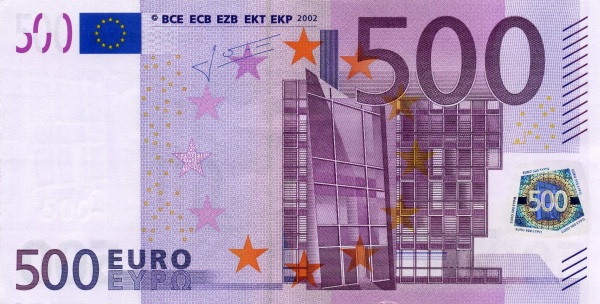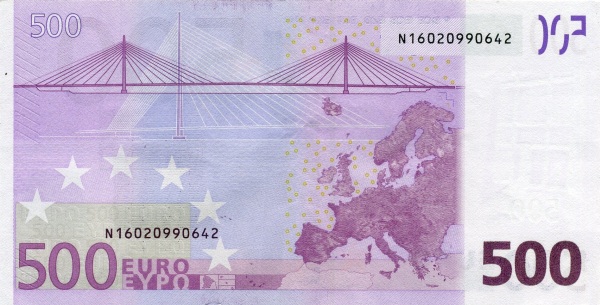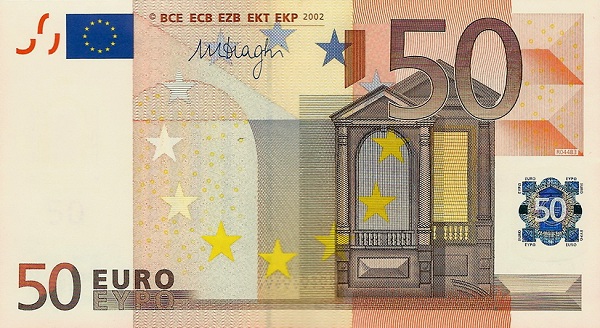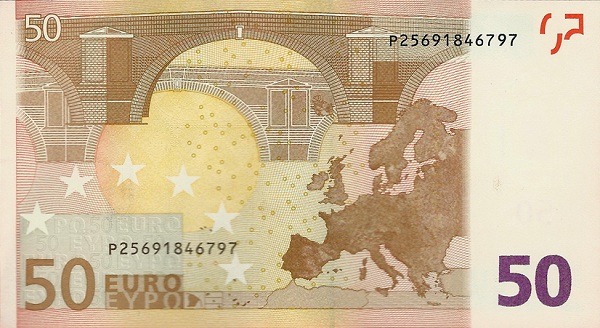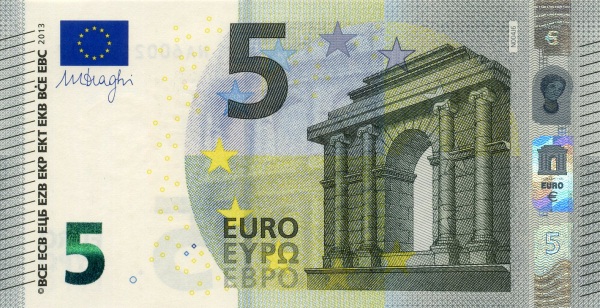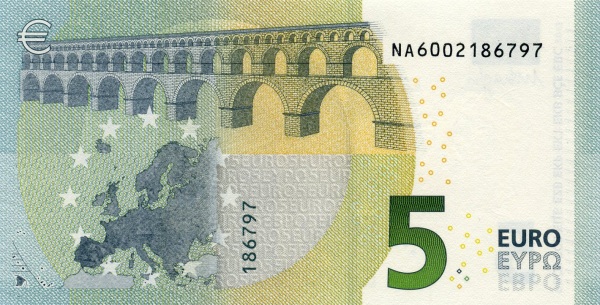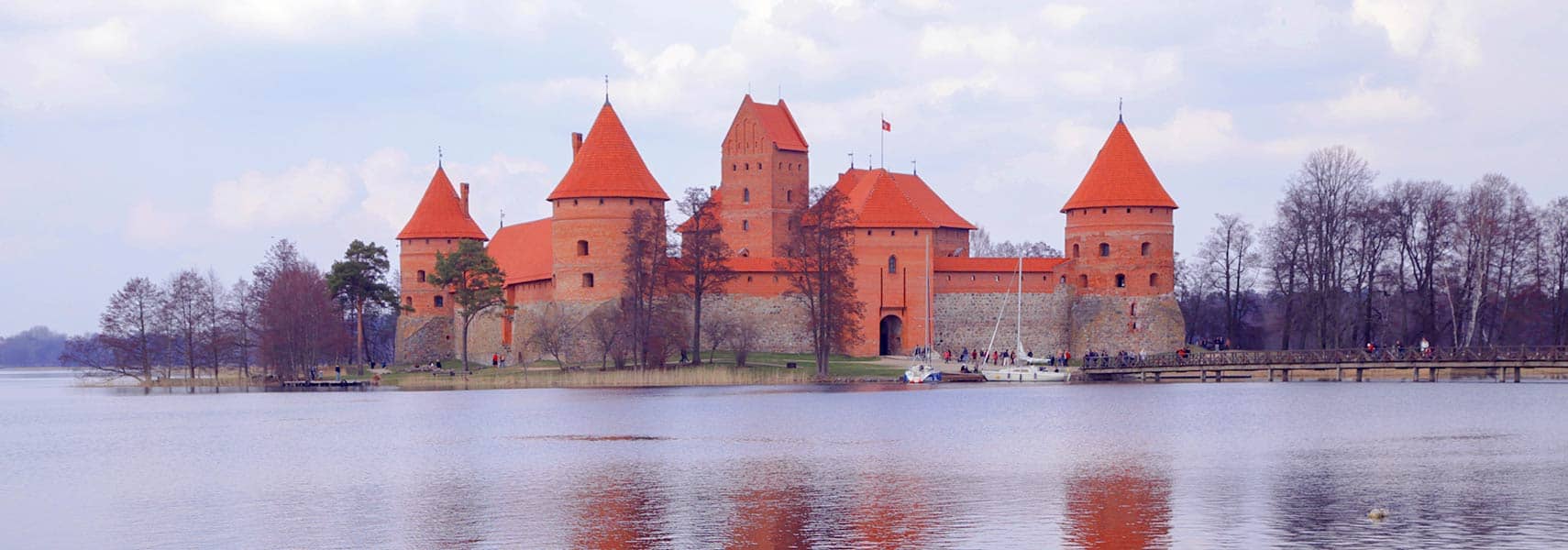Lithuania: A Gem in Eastern Europe
When you think of Lithuania, imagine a remarkable country nestled in Eastern Europe, where the enchanting coastline meets the Baltic Sea. As the largest and most populous of the three Baltic states, Lithuania truly stands out. It shares borders with Belarus, Latvia, Poland, and Russia (Kaliningrad) and has a maritime boundary with Sweden, enhancing its geographical significance. Covering an area of 65,300 km², Lithuania is slightly smaller than half the size of Greece, yet it offers landscapes that range from sandy beaches to rich forests and pristine lakes.
Geographical Features and Natural Beauty of Lithuania
As you explore Lithuania, you will encounter smooth, flat terrains punctuated by rolling hills shaped by glacial movement. The landscape not only features numerous lakes and wetlands, but it also boasts an array of mixed forests. Furthermore, Lithuania hosts 758 navigable rivers and 2,833 lakes, which enhances the allure of its natural beauty.
Demographics and Culture of Lithuania
Now let's turn our attention to the people of Lithuania. As of 2015, the population stood at approximately 2.8 million, with Vilnius serving as both the capital and the largest city. The official language, Lithuanian, belongs to the Baltic language group and shares close ties with Latvian. In matters of faith, over three-quarters of Lithuanians identify as Roman Catholic, reinforcing the nation’s cultural values and traditions.
The Historical Context of Lithuania
To fully grasp Lithuania’s identity, one must delve into its past. The nation experienced independence between the two World Wars, but the landscape shifted dramatically when the USSR annexed it in 1940. On March 11, 1990, Lithuania took a bold step, declaring its independence, marking the beginning of a New Era. Although this proclamation took time to gain international recognition, it eventually came after the coup attempt in Moscow in September 1991, leading to the withdrawal of Russian troops in 1993. Today, Lithuania stands as a proud sovereign nation, committed to integrating into Western European institutions.
Current Political Structure of Lithuania
Lithuania operates under a parliamentary republic model, where the political system aligns with democratic principles. The constitution, which was adopted on October 25, 1992, lays the groundwork for Lithuania’s legal structure. In this system, the president serves as the chief of state, elected through a plurality vote, ensuring that the people's voice remains paramount. The prime minister, appointed by the president, leads the execution of government policies and actions.
Economic Landscape of Lithuania
Transitioning to the economy, Lithuania has wisely revamped its various sectors to achieve sustainable development. The country boasts fertile plains adorned with a variety of crops including grains, potatoes, and sugar beets. Additionally, Lithuania supports a thriving livestock sector, producing beef, milk, and eggs. Notably, the nation’s industries include machine tool manufacturing, food processing, and furniture making, positioning it as an export powerhouse.
Key Commodities and Trade Partners of Lithuania
In terms of exports, Lithuania primarily trades refined fuel, machinery, and textiles. The nation has established strong trading relationships, with Russia being its largest trading partner, followed closely by Latvia, Poland, and Germany. Lithuania's imports largely consist of oil, natural gas, and machinery, further highlighting its interconnectedness with neighboring countries.
Striking Climate and Natural Diversity of Lithuania
As you traverse Lithuania, you’ll experience a humid continental climate characterized by four distinct seasons. The mild maritime influence from the Baltic Sea enriches this climate, making it suitable for a diverse range of flora and fauna. Lithuania’s natural beauty doesn't end with its landscapes; it also harbors significant natural resources, including peat, arable land, and amber, a precious gem that adds to Lithuania’s uniqueness.
The People and Their Traditions
As you immerse yourself in the intriguing culture of Lithuania, you will notice the influence of various ethnic groups. While Lithuanians constitute 83.5% of the population, you'll find significant communities of Polish and Russian descent, along with smaller groups of Byelorussians. The country’s commitment to preserving its cultural heritage shines brightly through various festivals and traditions showcased by its diverse populace.
Technological Developments in Lithuania
In modern times, Lithuania has made remarkable strides in technological advancements. The nation has embraced the digital age, making it one of the most technologically advanced countries in the Baltic region. This transition reflects in its emerging industries, particularly in the fields of electronic components and optical equipment. Moreover, educational institutions promote a high literacy rate of 99.6%, facilitating a knowledgeable workforce ready to meet global challenges.
Conclusion: Why Lithuania Stands Out
In conclusion, Lithuania captivates with its rich history, vibrant culture, and striking natural landscapes. From its humble beginnings, the nation has transformed into a dynamic member of the European community. Its commitment to sustainability, technological innovation, and cultural preservation certainly sets Lithuania apart in the contemporary world. As you consider your next travel destination, remember that Lithuania offers something truly special that is waiting to be explored.
Largest cities of: Lithuania
| City Name | Population | Year of foundation | |
| Vilnius | 580,020 | 1323 | |
| Kaunas | 286,763 | 1361 | |
| Klaipėda | 149,768 | 1252 | |
| Šiauliai | 103,345 | 1236 | |
| Panevėžys | 78,605 | D 1575 | |
| Alytus | 54,667 | 1365 | |
| Mažeikiai | 37,362 | 1879 | |
| Jonava | 25,353 | 1746 |
Lithuania: Money
